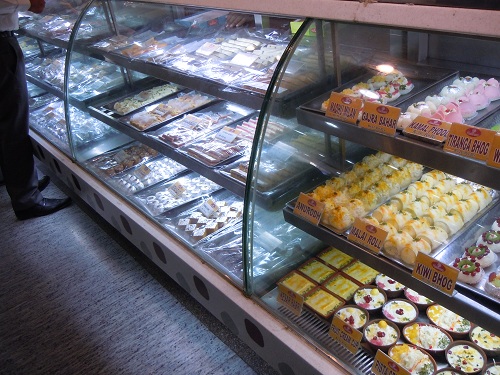The journey has come to an end. I had so many questions.
The first question was if I would be comfortable living here in the old Delhi. It can be easily answered with an emphatic up and down Indian nod :) I had a one room accommodation with hot and cold running water and electricity. The room was spacious and the surroundings were really good for long walks. The food was not the best at the local eatery. But there was always Suneeta nearby :)
The second question I had in my mind was if there was any way for me to make a useful contribution to society. That question was answered in the negative. It was not the answer I was hoping for, but it was expected. So I was not all that surprised -- a little disappointed yes.
On the medical front I found that I could not provide a long term meaningful teaching and learning experience for the residents and myself. I had a good time on the medical floor which was staffed by hard working residents. They were lucky to have a very competent of department head teaching them. Other floors and departments were not so lucky. The young men and women were of the highest caliber everywhere. The problem is that the system that does not promote inquisitiveness, leadership and talent. The emphasis here is on rote learning and passing examinations. Independent thinking, discussions, self-study and group projects are on nowhere in sight.
The medical school has one of the most concentrated areas of highly educated and intelligent people in Delhi. Even here a culture of incompetency, grandiosity and/or inferiority complex predominates in the people who are in power. Without the cooperation of the highest level of the administration of the medical school, there is no use of me going back.
On the social service front, I spent a lot of time with people working on the anti-corruption crusade. They are a bunch of dedicated people. I worked on the legal proposals that they are putting forth to establish an independent body to investigate corruption. However they already have enough competent and experienced people working on it. I did not feel that I was able to make any difference. The important thing for me was that I tried. All you can do is try. Sometimes you succeed sometimes you fail. The destination is not everything but the journey is.

















































